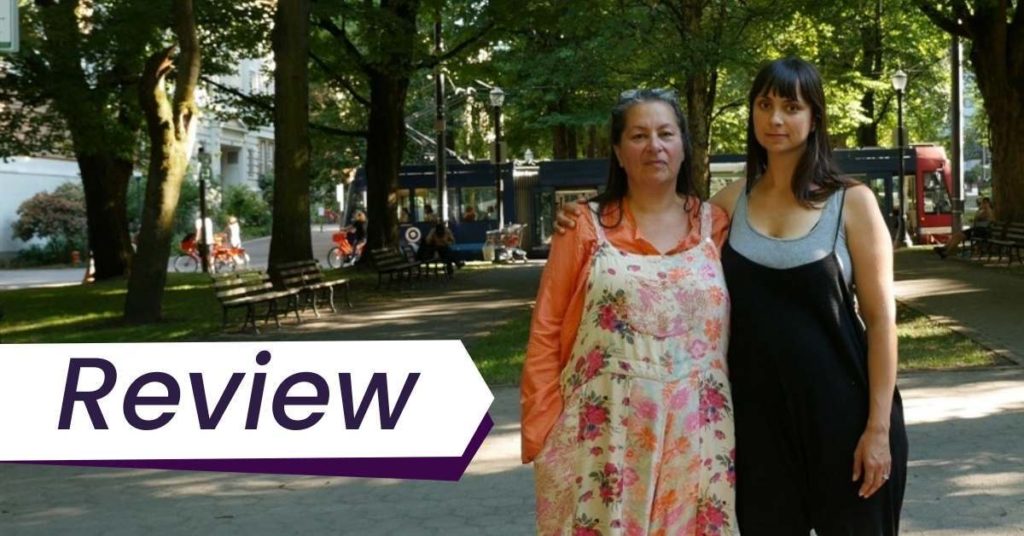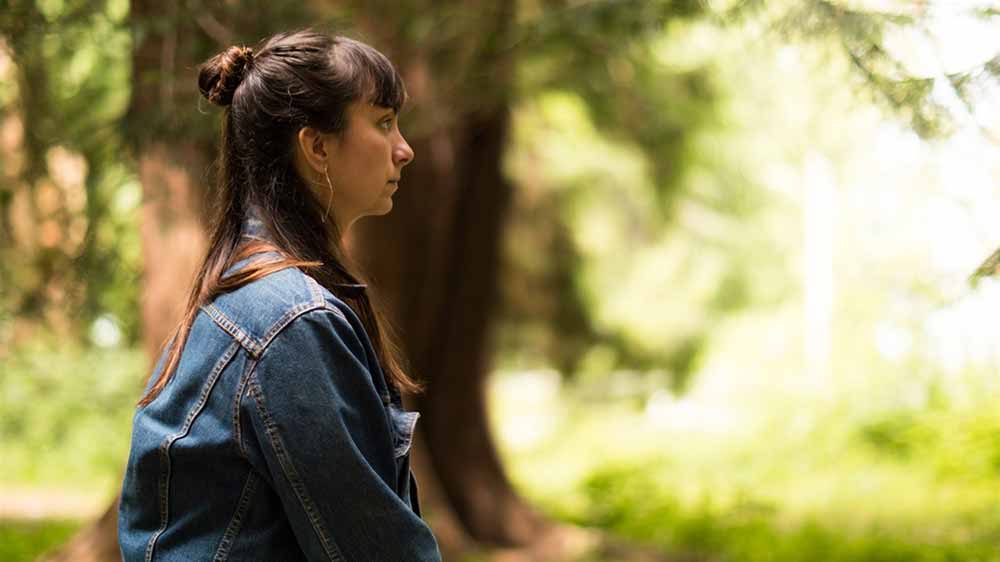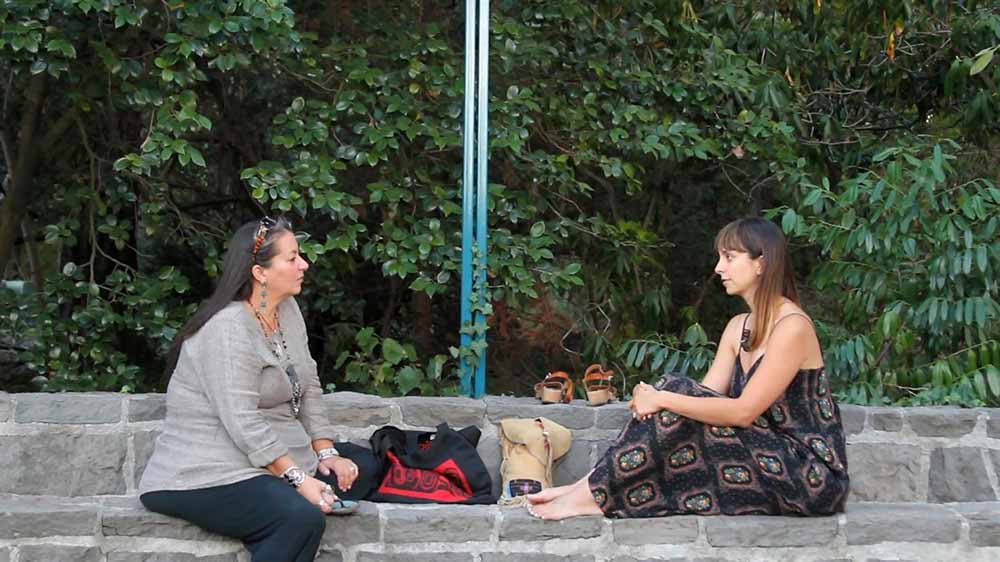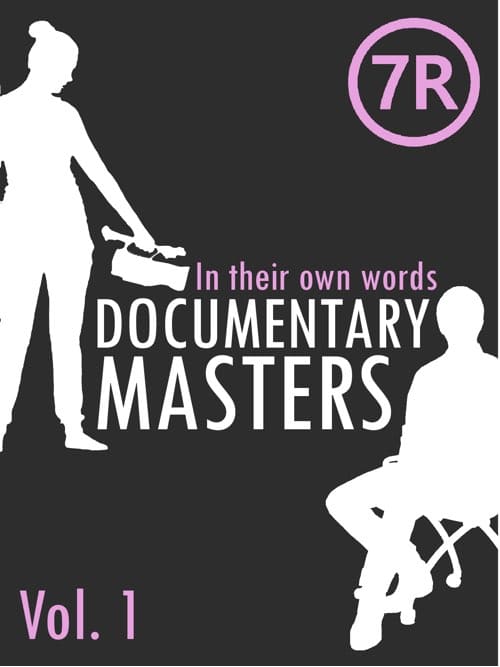In Daughter of a Lost Bird, Brooke Swaney sensitively documents an Indigenous woman reconnecting with her birth mother and coming to terms with how colonial violence has shaped her life.
Daughter of a Lost Bird is screening virtually across Canada at HotDocs until Sunday night. Get tickets.

Discover one film you didn’t know you needed:
Not in the zeitgeist. Not pushed by streamers.
But still easy to find — and worth sitting with.
And a guide to help you do just that.
Daughter of a Lost Bird opens on Kendra, a young woman in her thirties, sitting on her floor as she nervously makes an important phone call. She leaves a message: “Hi April, this is Kendra Potter, your birth daughter.” Shortly after, April calls back, and mother and daughter hear each other’s voices for the first time.
Documentarian Brooke Swaney tracks Kendra’s journey over several years as Kendra reconnects with her long-lost family and her indigeneity. Swaney is careful to contextualise Kendra’s identity crisis within the traumatic history of adoption in Indigenous communities in the US. As a result of the Indian Child Welfare Act, both Kendra and her mother were adopted out of their birth families, separating them from their Indigenous communities by two generations.

Kendra goes through a huge and emotional journey in the film, from the excitement of meeting her birth mother, to the mixed feelings of meeting the Lummi community to whom she belongs, to her growing anger about how colonial violence has shaped her life. Kendra grew up with white adoptive parents whom she loves, she’s white passing, and she has a happy life in the city with her husband and young daughter. She’s torn about whether she wants to embrace her community, in case it means giving up the identity she’s so comfortable in. At the same time, we watch her come to terms with the fact that she’s a textbook example of assimilation, which causes her a lot of hurt and rage.
Swaney delicately and empathetically navigates these questions. Filmmaker and subject are friends — they met when Kendra, an actress, starred in one of Swaney’s short films as (coincidentally) a young Indigenous adoptee reconnecting with her heritage. Swaney gives Kendra a lot of space to tell her own story in her own words. She’s also careful to flag when her own personal biases as a filmmaker might be getting in the way of the story she’s telling. She speaks in voiceover about how she’s worried she’s pushing Kendra into reconnecting with the Lummi people because, as an Indigenous woman who grew up on a reservation, amongst her community, Swaney is excited by the idea of Kendra reentering her community. She even raises these concerns with Kendra, who insists on persevering with the film.

There’s a real sense of collaboration between Kendra and Swaney, and accountability on Swaney’s part to tell this story truthfully, which is refreshing to see in nonfiction filmmaking. She is an audible and visible presence in the film; she sometimes interrupts with voiceover, and at one point explains some of her own family background, showing family photos and video footage. Swaney knows how to step back and not impose herself on Kendra’s story, while including just enough of herself in the film that we understand the power dynamics at play.
Get tickets to Daughter of a Lost Bird here (available to watch until Sunday night).
You could be missing out on opportunities to watch great films like Daughter of a Lost Bird at virtual cinemas, VOD, and festivals.
Subscribe to the Seventh Row newsletter to stay in the know.
Subscribers to our newsletter get an email every Friday which details great new streaming options in Canada, the US, and the UK.
Click here to subscribe to the Seventh Row newsletter.


